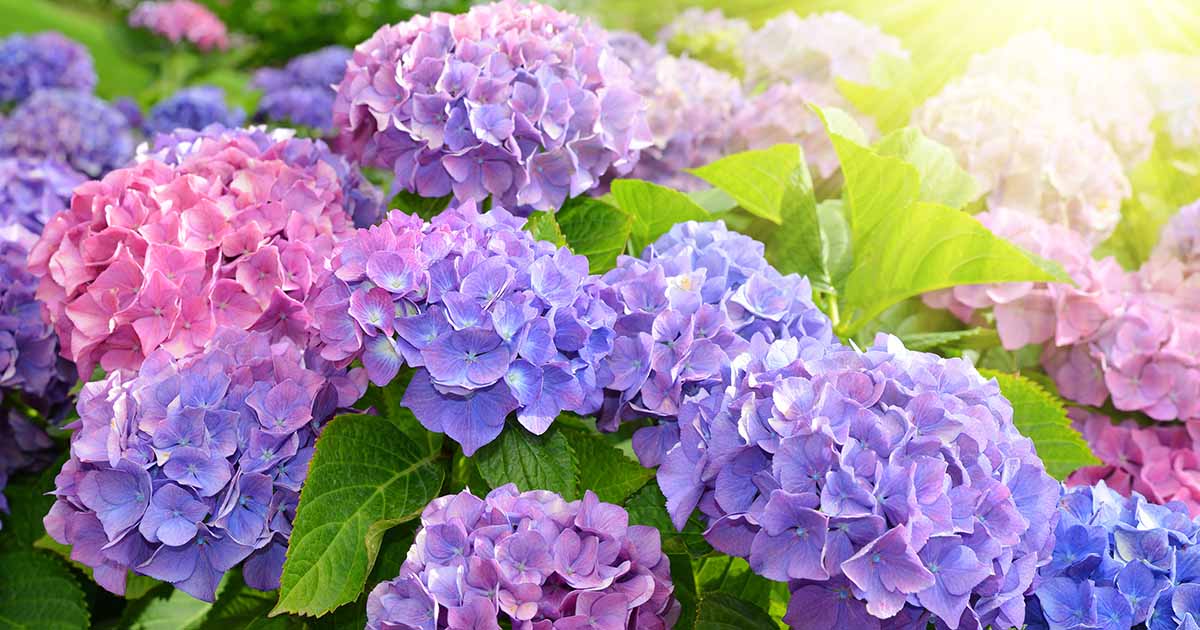
Botanists and gardeners typically use a lot of jargon, but they don’t always explain what these terms mean.
I remember the first time I heard someone reference a “flowering flush” and I wasn’t sure if we were talking about a toilet and what that had to do with flowers.
By the end of this guide, you’ll understand what this term means, how to encourage flowering flushes, and which plants exhibit this type of blooming habit.
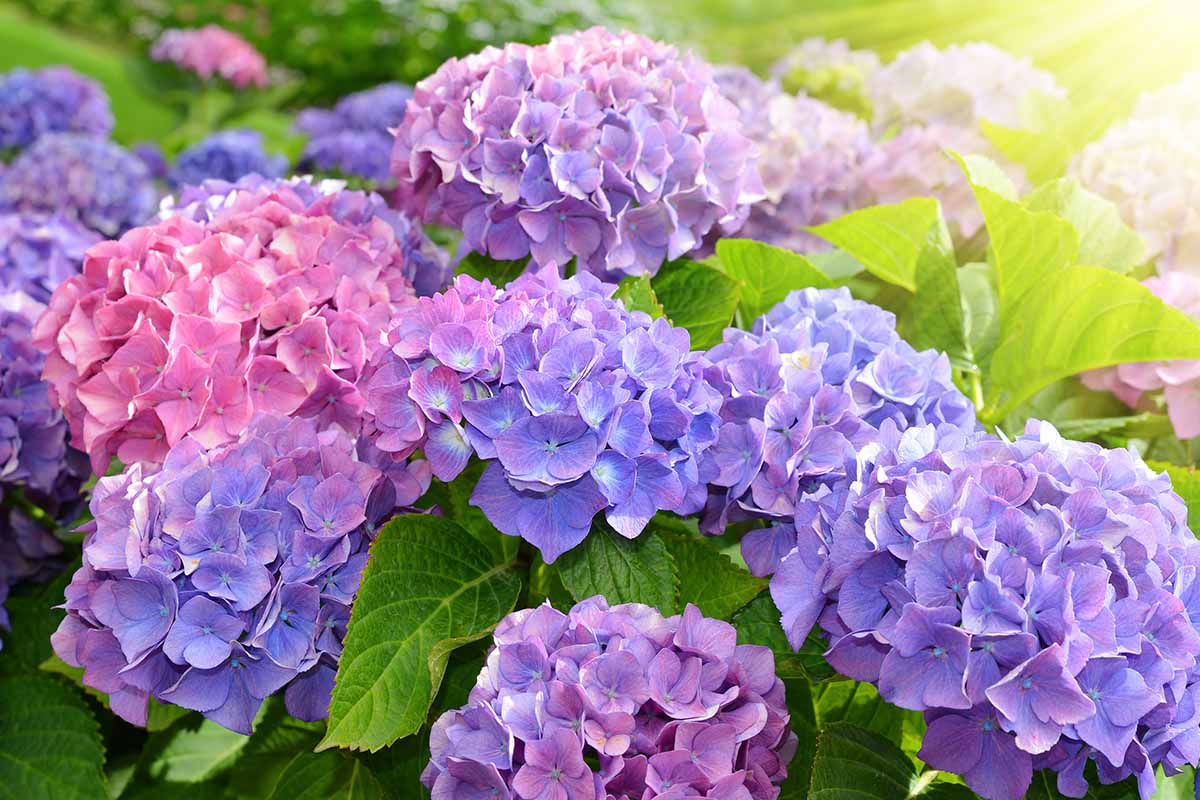
We link to vendors to help you find relevant products. If you buy from one of our links, we may earn a commission.
Flowers develop as a way to attract pollinators and start the process of reproduction.
Plants are signaled to bloom by the number of daylight hours, ambient temperature, or because they’ve reached a certain stage in their life cycle.
Different species vary in the way that they flower, the timing, and the length of time they remain in bloom.
Here’s how we’ll help you make sense of this phenomenon:
What Is a Flowering Flush?
Botanists will also talk about leaf and shoot flushes. This refers to the emergence of leaves or short periods of rapid shoot growth.
For example, a tree might have a flush of vegetative shoot growth, followed by a flush of leaves budding, and later a flush of flowers.
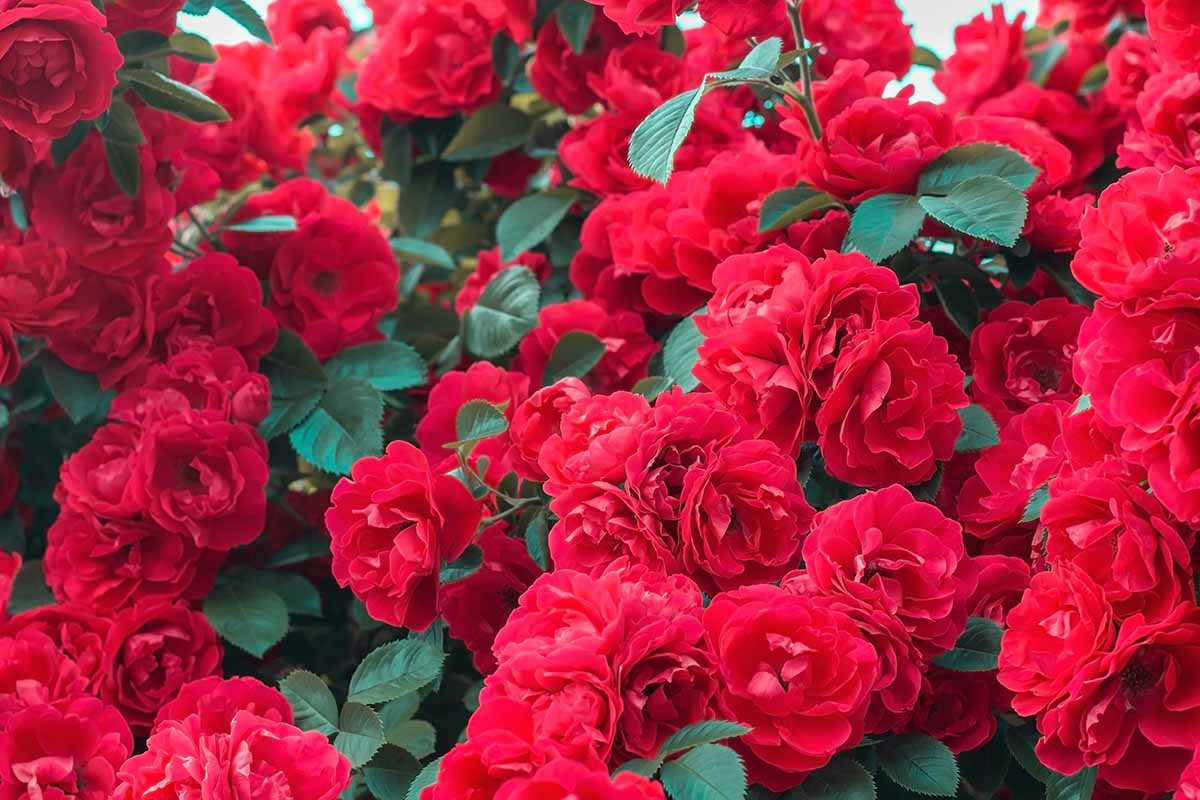
In other words, the word is synonymous with an overall burst of growth. Let’s talk more about what the term means.
What Is a Flush?
A “flowering flush” is when a plant is in full bloom with a majority of its flowers open for a limited time. Whether it’s for a few days, a week, or nearly a month, a flush is the period when a plant is blooming.
This is different from a plant that blooms continually. Many annuals bloom nonstop from spring through fall, with new flowers constantly replacing the spent ones.
This flowering habit isn’t considered a flush, which is when a plant blooms for a limited time and then stops.
Fuchsias and marigolds, for instance, bloom continually throughout the year.
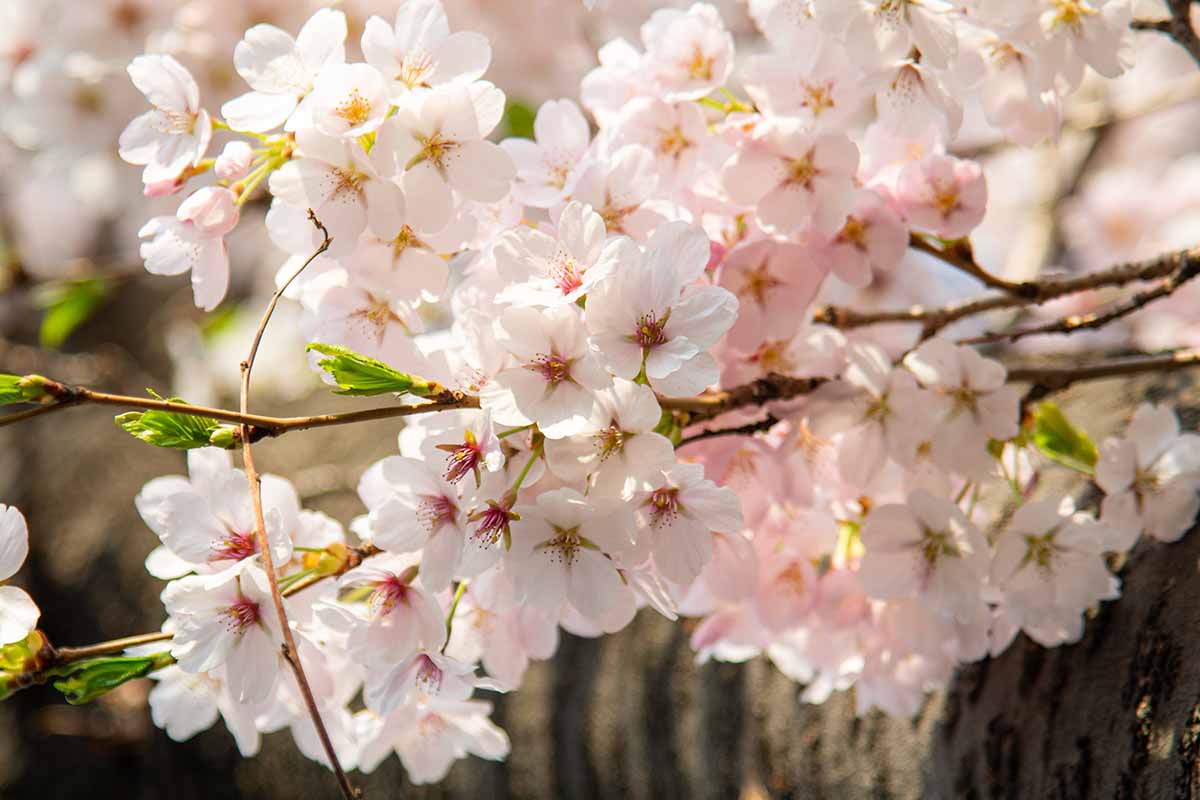
Many plants, such as hydrangeas and clematis, will have multiple flushes each year and others, like peonies and rhododendrons, only have one, but in both cases there is a distinct period of time when the plant is not in bloom between the flushes.
Some species, including delphiniums and lupines don’t naturally put out a second flush, but they can be encouraged to do so if they are pruned back.
This term is typically used for flowering perennials, with roses being one of the prime examples.
Many of the most popular rose cultivars flower repeatedly throughout the growing season. We’ll talk about some other species that exhibit this type of blooming behavior in just a bit.
How to Encourage New Flushes
Some plants will flower repeatedly without any input from the gardener. Others need a bit of encouragement, usually in the form of deadheading.
If you’re new to deadheading, this term refers to the process of cutting off the old, spent flowers as they fade. When the flowers fade, it signals to the plant that part of its reproductive phase is over and it can move onto the next phase.
But most of us gardeners want the plant to continue flowering, so to help this along we need to get in there and cut off the spent flowers, preventing the plant from forming seeds.

Depending on the species, generally you will prune the flower stem back to the closest leaf bud after the flower has faded.
Be sure to clean your tools before you use them! A thorough wipe with a 10 percent bleach solution or a good scrub with warm, soapy water before you start deadheading will help prevent the spread of disease.
Pruning can have a significant impact on flowering behavior. Trimming at the wrong time or in the wrong way can reduce the length of time the plant blooms and the number of flowers it produces. It can also delay flowering.
Proper pruning at the right time can increase flower numbers and bloom time. This is most notable in the case of trees and woody shrubs.
Plants That Have Repeat Flushes
Many perennials flower in flushes. Camellias, carnations, coreopsis, hibiscus, heuchera, irises, roses, salvia, and viburnum all do, just to name a few.
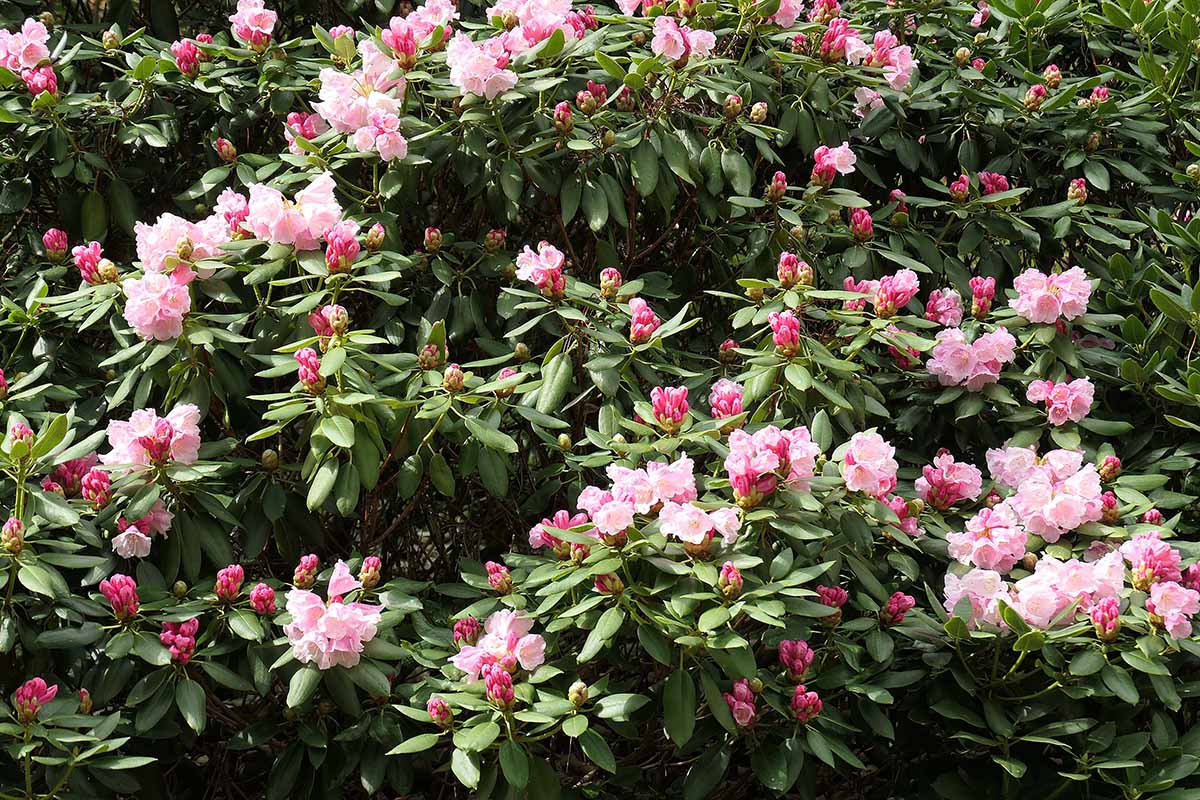
Tropical fruit trees like guava, lemon, orange, lime, pomegranate, mango, and dragon fruits also bloom in flushes, some of them just once and others multiple times throughout the year.
Apples, pears, cherries, plums, peaches, and apricots all have a single flush in the spring.
Commercial growers will take advantage of this natural flowering habit to manipulate the growing conditions to encourage blooming and, as a result, control the fruiting time for harvest.
They will fertilize on a schedule to synchronize flowering and prune judiciously to encourage blossoms to form.
Whatever You Call It, It Sure Is Pretty
When a plant is in bloom, I don’t really think about what it’s called.
I’m just admiring my plant and thinking about how beautiful it is and how sweet the flowers smell. But I have to admit, knowing what the heck I’m talking about sure has made it easier to communicate about what’s going on with my plants.
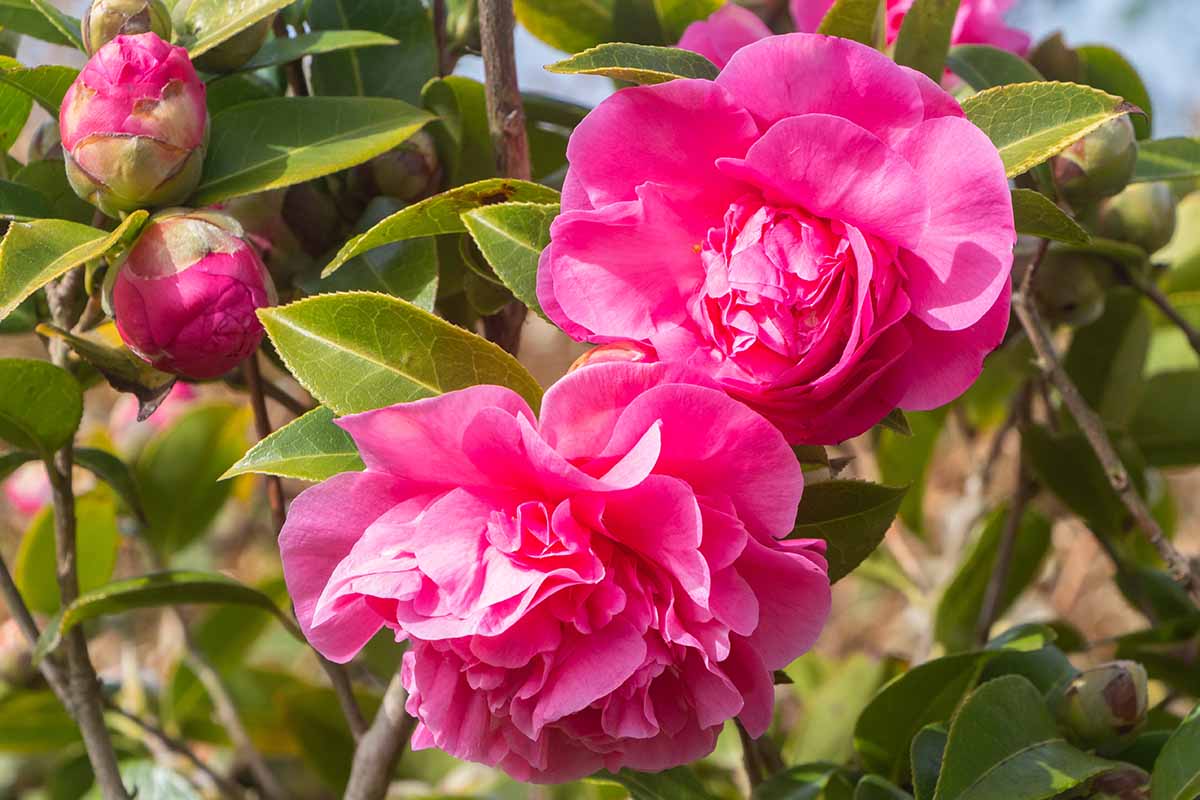
What kind of plants are you growing? Do they flower in flushes or continuously? Let us know all about your situation in the comments section below.
Now that you know what it means, you might want to learn more about growing flowers in your garden. Check out these guides next:





